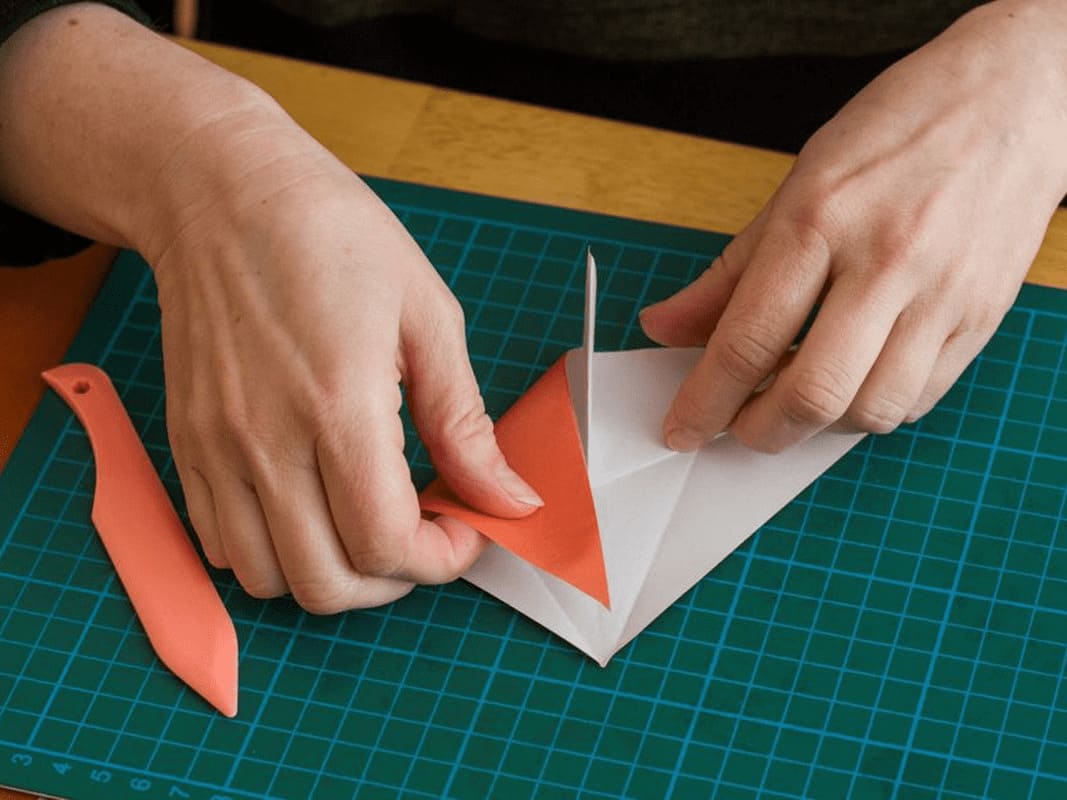The Art of Origami: Creating Intricate Paper Designs
In a world filled with technology, where screens dominate our attention and distractions lurk around every corner, something is captivating about the simplicity of folding a piece of paper. Origami, the ancient Japanese art of paper folding, embodies this simplicity in its purest form. But don't be fooled by its apparent simplicity; within those folds lies a world of creativity, precision, and beauty waiting to be discovered.
The Essence of Origami: Beyond Folded Paper
Origami, derived from the Japanese words "oru" (to fold) and "kami" (paper), is much more than just folding paper. It's a delicate dance between precision and creativity, where a single sheet of paper transforms into intricate shapes and designs through strategic folds and creases. At its core, origami is about transformation, taking something ordinary and turning it into something extraordinary through the power of human hands and imagination.
The Journey of a Thousand Folds
The journey of mastering origami is not for the faint of heart. It requires patience, practice, and a keen eye for detail. Each fold must be executed with precision, with even the slightest deviation potentially altering the final outcome. But therein lies the beauty of origami - in its meticulousness and attention to detail.
Origami artists, known as "folders," often spend years honing their craft, perfecting techniques, and experimenting with different paper types and folding methods. What may start as a simple paper crane can evolve into complex geometric shapes, intricate animals, or even entire landscapes, each piece telling its own unique story through the arrangement of folds?
Beyond Tradition: Modern Applications of Origami
While origami has deep roots in Japanese culture and tradition, its influence extends far beyond the borders of Japan. In recent years, origami has found its way into various fields, including science, technology, and design, thanks to its inherent versatility and adaptability.
In the field of mathematics, origami has inspired new discoveries and solutions to complex problems. Mathematicians study the principles of origami folding to develop algorithms for folding shapes and structures, with applications ranging from space exploration to medical device design.
In the realm of design, origami has influenced architecture, fashion, and product design, with designers drawing inspiration from the intricate patterns and forms found on folded paper. From origami-inspired buildings that fold and unfold like giant paper sculptures to fashion designs adorned with origami pleats and folds, the influence of origami can be seen in various creative disciplines.
The Zen of Origami: Mindfulness in Motion
Origami is more than just an art form; it's a meditative practice that requires focus, concentration, and a deep connection with the present moment. As the hands move rhythmically to fold and crease the paper, the mind enters a state of flow, free from distractions and worries.
In a world filled with constant stimulation and noise, origami offers a respite, a moment of quiet contemplation amidst the chaos. It's a reminder to slow down, to appreciate the beauty of simplicity, and to find joy in the act of creation.
Conclusion: Unfolding the Possibilities
As we wrap up our journey into the world of origami, it's clear that this ancient art form is far more than just folded paper. It's a testament to the human spirit - to our ingenuity, creativity, and capacity for transformation.
Whether you're a seasoned origami enthusiast or someone curious to explore this timeless art form for the first time, there's something magical about the process of folding paper. So why not pick up a sheet of paper, follow a few simple folds, and see where your imagination takes you? Who knows what wonders you might create when you dare to unfold the possibilities of The Art of Origami: Creating Intricate Paper Designs.






Comments
Post a Comment